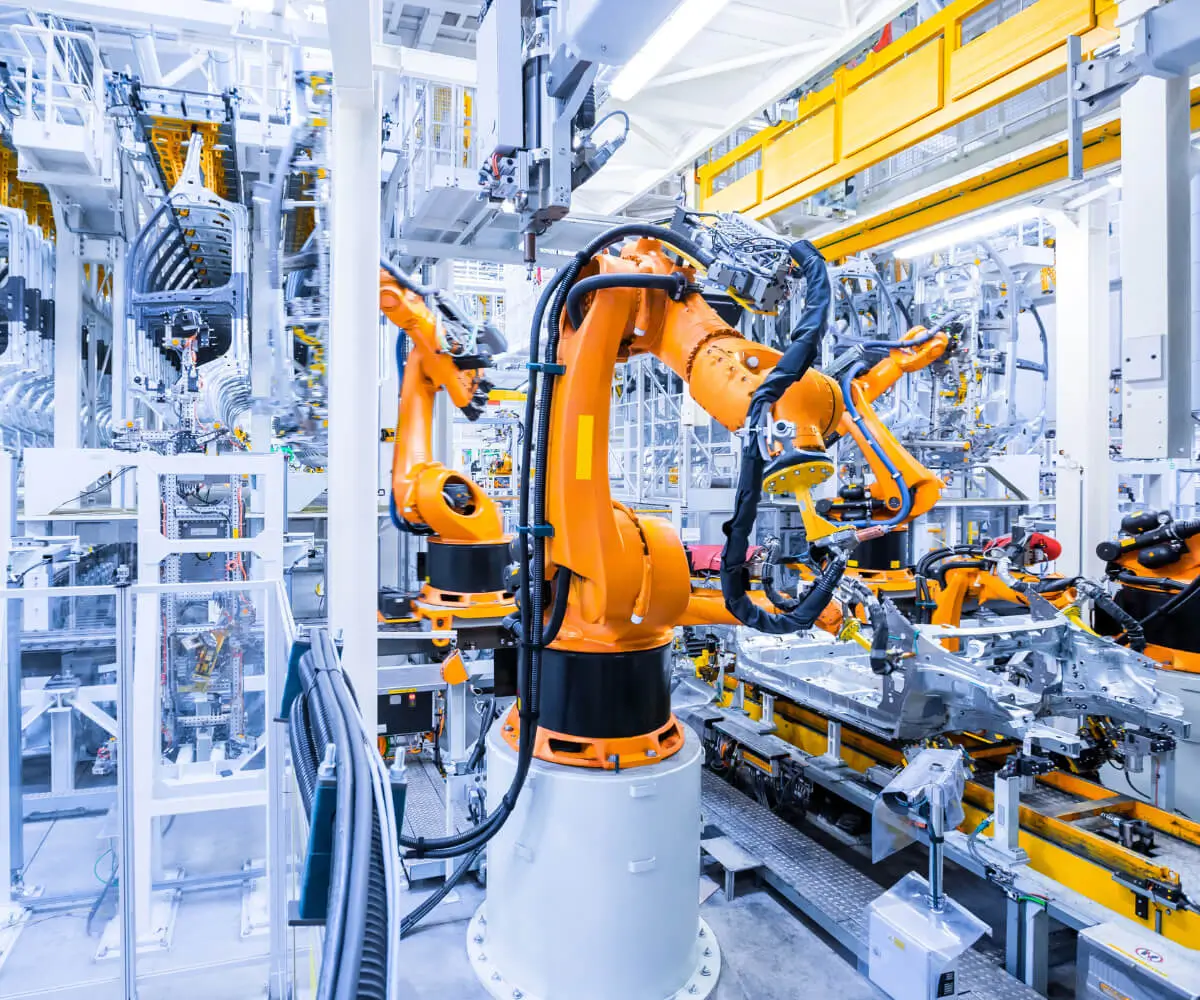Unveiling the Power of DC Gearmotors: The Heartbeat of Modern Machinery
In the bustling realm of modern engineering, few components demonstrate the seamless blend of simplicity and sophistication quite like the DC gearmotor. These compact yet powerful devices are revolutionizing a wide array of industries worldwide, from robotics to automotive manufacturing, from household appliances to medical devices. Their ability to provide reliable, precise, and efficient motion control makes them essential players in the ongoing quest for smarter, more efficient technology.

Imagine a world where your robotic vacuum navigates your home effortlessly, or an autonomous drone soars through the skies with pinpoint accuracy. At the core of these innovations lies a DC gearmotor, quietly doing the heavy lifting—literally. But what exactly is a DC gearmotor, and what makes it so integral to contemporary engineering? Let’s peel back the layers and delve into the fascinating inner workings, advantages, and broad applications of these pivotal components.
The Anatomy and Functionality of a DC Gearmotor
A DC gearmotor is essentially a combination of a direct current (DC) motor and a gear reduction system. In simple terms, it transforms electrical energy into mechanical motion and then modulates that motion to achieve a desired speed or torque. This combination is the secret sauce that grants these motors their versatility and adaptability.
At the heart is the DC motor, which converts electrical current into rotational motion via electromagnetic interactions. The motor’s rotor spins inside a magnetic field created by stator windings, and this rotational energy is then transmitted through a shaft. However, a direct connection between the motor’s high speed and low torque often isn’t suitable for many practical applications. Here’s where the gear mechanism steps in.
The gear system—usually composed of spur gears, planetary gears, or worm gears—reduces the motor’s high rotational speed to a much lower, controlled speed, while simultaneously increasing torque. This process, known as gear reduction, allows the device to deliver powerful, precise movement even with a relatively tiny motor.
Why the Gearbox Matters
The inclusion of a gear system grants the DC gearmotor its exceptional control and torque characteristics. Let’s consider the pros:
Enhanced Torque Output: Many devices rely on higher torque levels to move heavy loads or operate under demanding conditions. The gear reduction boosts torque without requiring larger motors.
Speed Control: Precise modulation of speed is vital, whether in industrial conveyor belts or robotic arms. Gear systems allow for highly accurate speed adjustments.
Efficiency and Reliability: Modern gearmotors are designed to minimize energy loss during power transmission, leading to improved operational efficiency and longer lifespan.
Compact Design: Integrating gearing directly with the motor results in a small, lightweight unit, enabling engineers to craft smaller devices without sacrificing performance.
Advantages that Resonate Across Industries
The charm of DC gearmotors isn’t only in their internal engineering but also in their broad applicability and adaptability. They help drive automation systems, ensuring consistent operation even in challenging environments. Their efficiency contributes to energy savings—something increasingly valued in today’s eco-conscious world.
In robotics, gearmotors provide the precise, stable movements needed for delicate tasks or rapid repositioning. In manufacturing, they power conveyor belts, sorting machines, and CNC equipment. Even in everyday gadgets like electric toothbrushes or adjustable furniture, DC gearmotors quietly perform behind the scenes to enhance user experience.
The Evolution of DC Gearmotors
The story of gearmotors dates back decades, but recent technological advances have propelled their capabilities to new heights. Innovations in materials, bearing technology, and manufacturing precision have led to quieter, more durable, and more energy-efficient models.
Miniaturization is a prominent trend—crafting tiny gearmotors suitable for micro-robots and medical devices while maintaining robust performance. Brushless DC gearmotors, which eliminate brushes to reduce wear and tear, have become increasingly popular due to their longevity and efficiency.
Understanding the Internal Mechanics: From Electromagnetism to Precision
Understanding the operation of a DC gearmotor requires a glance into physics and mechanical engineering. When electrical current flows through the motor’s windings, a magnetic field is generated, which interacts with the field of the permanent magnets (or electromagnets in some cases). This electromagnetic interaction produces a force that causes the rotor to turn.
The gearbox attached to the rotor then takes this high-speed rotation and steps it down via a series of gears. The gear ratio determines the reduction factor—say, a 20:1 ratio reduces the motor’s rotational speed by twenty times but increases the torque proportionally.
Advanced gearmotors incorporate sensors and electronic controllers to fine-tune performance, allowing for pulse-width modulation (PWM) control, which manages motor speed and direction with remarkable precision.
Practical Considerations in Choosing a DC Gearmotor
Selecting the ideal gearmotor for a specific application isn’t solely about size or power. Engineers and designers consider multiple factors:
Torque needs: Understand the load requirements during startup and steady operation.
Speed range: Determine the required operational speed and whether variable speed control is necessary.
Power consumption: Consider energy efficiency to reduce operational costs.
Space constraints: Ensure the motor fits within the device’s housing without compromising performance.
Environmental conditions: Assess exposure to dust, moisture, or extreme temperatures, and choose accordingly.
This thoughtful selection process ensures the gearmotor aligns seamlessly with project goals, providing optimal performance and durability.
Established in 2005, Kpower has been dedicated to a professional compact motion unit manufacturer, headquartered in Dongguan, Guangdong Province, China.




































